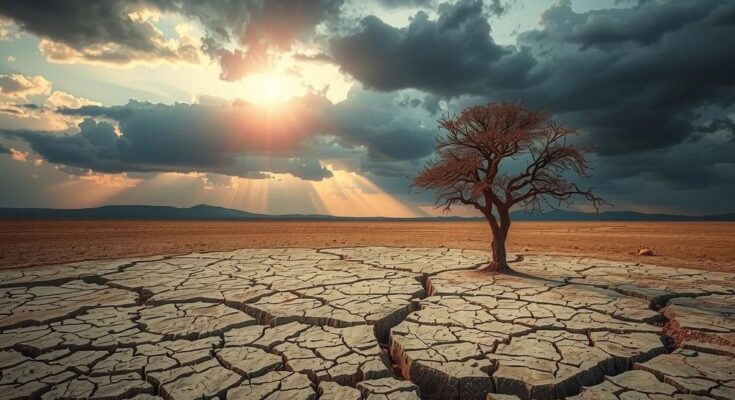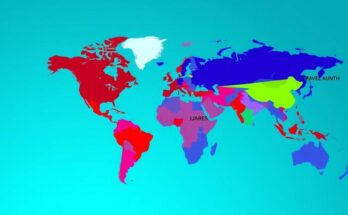The DRC and Rwanda are on the brink of conflict, exacerbated by the M23 rebel group’s takeover of Goma. International condemnation focuses on Rwanda’s role, while accusations of DRC’s corrupt governance compound the crisis. The conflict over vital resources and territorial ambitions raises significant concerns for regional stability. A recent ceasefire offers hope, yet a comprehensive solution is imperative for lasting peace.
The escalating tension between the Democratic Republic of the Congo (DRC) and Rwanda is alarming, with recent advances by the Rwandan-backed M23 rebel group threatening regional stability. Following the seizure of Goma, the DRC’s eastern city, the violence has left numerous casualties. The conflict, rooted in decades of strife over valuable resources and historical grievances from the Rwandan genocide, raises concerns about a potential full-scale war. International voices, such as France and the UK, have demanded the withdrawal of Rwandan forces, while South Africa warned that more attacks could signify a declaration of war.
The underlying motivations for this crisis are multifaceted. Rwanda accuses the DRC of harboring Hutu extremists involved in the 1994 genocide, while the DRC claims Rwanda is exploiting the current turmoil to loot its resources, particularly coltan and cobalt. Despite the assertion of selective outrage from the international community towards Rwanda, accusations of the DRC’s corrupt leadership under President Félix Tshisekedi highlight the complexity of the situation. Tshisekedi’s decision to reject negotiation offers from the M23 has led to devastating consequences for his military forces, resulting in severe losses and scandal at home.
Furthermore, the plight of civilians continues to worsen. Ongoing violence has led to the displacement of eight million people, with rampant lawlessness in eastern regions allowing human rights abuses to occur without accountability. Rwanda’s ambitions to expand its territory are raising alarm, transforming its image from a once-supported nation to a perceived aggressor under President Paul Kagame. As international pressure mounts, a ceasefire between M23 and the DRC offers a glimmer of hope, but a comprehensive solution addressing the core issues of the conflict remains necessary.
The ongoing conflict in the eastern regions of the Democratic Republic of the Congo (DRC) primarily revolves around the interplay of ethnic tensions and the competition for critical natural resources, such as coltan and cobalt. Rwanda’s involvement is deeply rooted in historical grievances from the Rwandan genocide in the 1990s. The M23 rebel group, largely composed of Tutsi fighters, has been a significant player in the region’s persistent unrest, acting as a proxy for Rwandan interests.
In summary, the situation between the DRC and Rwanda represents a complex web of historical grievances, resource exploitation, and leadership failures. The hope for a durable peace hinges not only on ceasefires but also on addressing the foundational issues driving the conflict. The atrocities witnessed in recent times demand urgent international attention to facilitate a sustainable resolution that prioritizes human rights and stability.
Original Source: theweek.com




